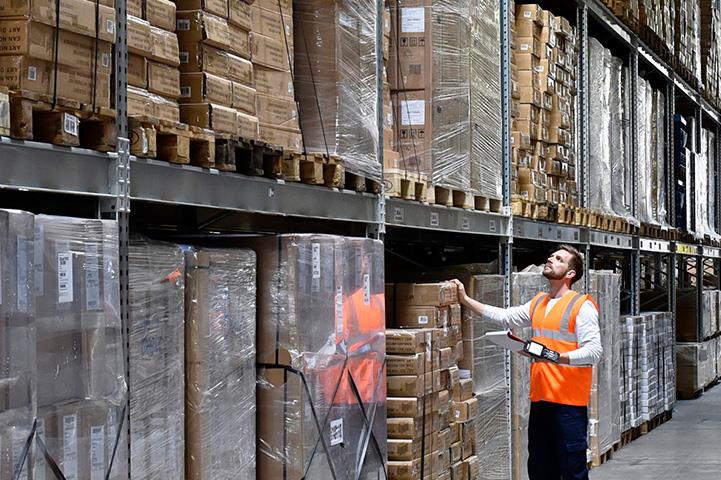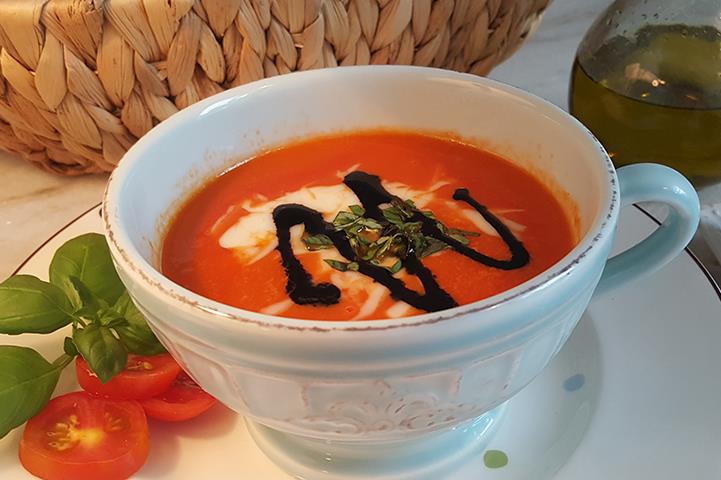The Facts about Polymer Fume Exposure
Inhaling Polymer Fumes
The fumes that are released by overheated polymer can produce symptoms referred to as "polymer fume fever"—flu-like symptoms that are relatively quickly reversed in humans.
Over the past 40 years, there have been only a few reported accounts of polymer fume fever as a result of severely overheating nonstick cookware.
It should be noted that butter, fats, and cooking oils will begin to smoke at approximately 400°F (204°C), producing fumes that can irritate eyes, nose, and throat and possibly cause respiratory distress.
Teflon™ nonstick coatings will not begin to deteriorate in appearance or performance until the temperature of the cookware reaches about 500°F (260°C). The coating will not show significant decomposition unless temperatures exceed about 660°F (349°C).
Cookware with Teflon™ nonstick coatings can be used at temperatures up to approximately 500°F (260°C) without damage to the coating. This is well above the temperatures required for boiling, frying and baking. Boiling temperature of water is 212°F (100°C).
Normal temperatures for frying meat range from about 400°F (204°C) to 470°F (243°C).
The highest temperatures used in baking — such as roasting poultry or vegetables — is about 450°F (232°C).
Cookies or cakes are typically baked at temperatures ranging from 325°F (163°C) to 400°F (204°C).
Temperatures of 500°F (260°C) to 550°F (288°C) are typically used for broiling. Chemours does not recommend use of nonstick coated cookware at those temperatures.


